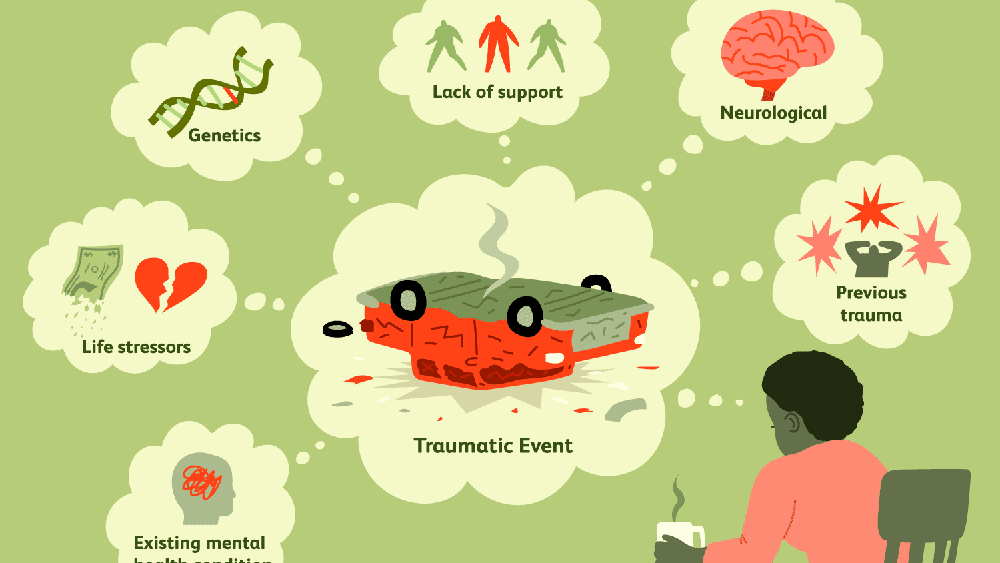
NJSACC Publishes Resource List to Support Youth in Coping with Trauma
We will continue to mourn the loss of the 19 children and 2 teachers at Robb Elementary School in Uvalde, Texas to senseless violence. This event and others remind us of the importance of the work we do in supporting the development and success of the youth in our care. In these unfortunate times, we as childcare professionals must be prepared to aid the youth we nurture and care for in processing these traumatic events, their emotions related to the trauma and their experiences in this troubled world.
The staff of NJSACC have curated the following resources to assist you in providing support to youth. We all hope for and will continue to work towards creating safe environments for our youth.
If you or someone you know needs immediate help or assistance, please ask for help.
TALKING ABOUT IT
- 15 Tips for Talking with Children about Violence (resources in English and Spanish) – Colorín Colorado
- Resources for Teaching about the Uvalde Elementary School Massacre: (Grades K-12) Resources from the New York City Department of Education.
- How to Talk to Kids About Uvalde
We’re all scrambling for ways to help when tragedy strikes. Here’s one big way: Help ease kids through the awfulness. Listen to them. Be honest with them. Take “news breaks” with them. Why it matters: Kids often simply need to talk things out.
Read more - Save the Children: 5 Tips for How to Talk to Children About School Shootings
- PBS Newshour Classroom: (Grades 6-12) Video and discussion questions from PBS Newshour about the shooting in Texas
- What to Say to Kids When The News is Scary
NPR spoke with a handful of child development experts about what parents, teachers and other caregivers can say to help kids process all the scary news out there. Here’s what they had to say.
Read more
TAKE ACTION
- How to Help Uvalde Families
Uvalde, Texas, is reeling from the second-deadliest school shooting in U.S. history. The community is looking for blood donations, legal assistance and funds for victims’ families. Read on to learn how you can help.
Read more - March For Our Lives again: Young people are done waiting. It’s time to March For Our Lives again. On June 11th, we are once again taking to the streets in DC and in sibling marches across the country to demand our political leaders take action to end gun violence. RSVP and march with us in Washington, DC or find a march near you (or host your own march.)
- You can also use the Students Demand Action Walkout Activation Toolkit to plan a walkout at your school.
- Send a message to your Senators and demand that they pass gun safety legislation.
- We need to do our part as citizens and participate in the election process, to effect positive change. This will take more than one election, but the first steps are to register to vote, make sure everyone you know is registered to vote, educate other voters about prevalent issues, and vote like our lives depend on it – in this year’s election and every election.
MENTAL HEALTH & SEL RESOURCES
- American School Counselor Association: Helping students after a school shooting
- Helping Kids Grieve: (Grades PreK-2) Resources on talking to children about death from Sesame Street in Communities.
- Sandy Hook Promise’s Know the Signs program, and learn how you can have an impact on violence prevention.
- “Me Moments” Hub: Explore practices for youth and adults to build self-regulation, an important social-emotional skill to identify and manage emotions.
- Feelings Chart | en español : Use this visual aid to help children name and communicate their emotions so caregivers can provide support and reassurance.
- Toolkit: Nature Helps Children Recover from Adverse Childhood Experiences (ACEs) toolkit, developed by Children in Nature Network, highlights how time in nature can be a powerful antidote to the negative impacts of trauma and stress in children’s lives.
- The Silent Impact of Burnout — And How to Overcome It as a Leader: understanding the impact of trauma and burnout in adults and skills to treat and prevent it.
PLAN & PREVENT
- American Camp Association (ACA): As camp professionals, the safety of children and staff at our camps is always the number one priority and we need to be prepared for the possibility of an active shooter occurrence at one of our camps. If you haven’t done so already, we strongly encourage each camp to create an active shooter plan as part of your emergency action plan. Each camp is different and will need to assess its own needs, however, we are including some resources below to help assist you in thinking about and preparing a plan.
- Speak with your local EMS & local law enforcement – Contact your local law enforcement agency as well as your local EMS. They will come to your property to help you create a plan.
- U.S Department of Homeland Security – The Department of Homeland Security has created a comprehensive active shooter document.
- Active Shooter Document
- Cybersecurity and Infrastructure Security Agency – The agency has created an active shooter emergency action plan guide, including an active shooter emergency plan video and template.
- Emergency action plan guide and template
- ACA resources – ACA has some helpful resources on camp safety procedures as well as how to talk with parents about camp safety.
- Camp security
- Talking with parents about protecting their children at camp.
- Security firms – Hire a private security firm to work with your camp on developing a plan.
- What Role Should Schools Have in Preventing Shootings? – Gil Noam, Psychology Today
- How Do I Help Students Feel Safe in School Again? – Gil Noam, Psychology Today